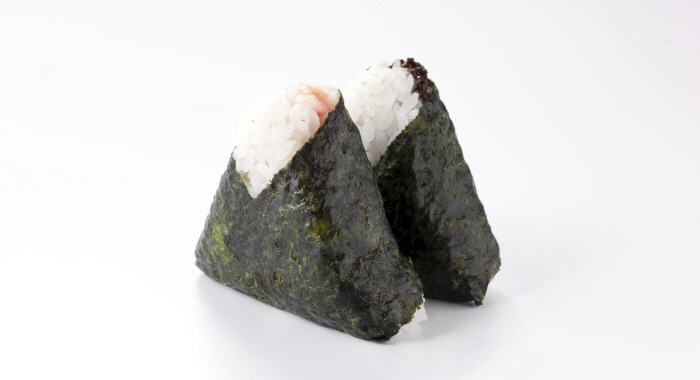Onigiri or rice ball is a Japanese name for food in the form of rice which is compacted while still warm so that it is triangular, round, or like a sack of rice. Also known as another name omusubi, a term that was reportedly used by women in the imperial court to refer to onigiri. Onigiri is eaten by hand, not using chopsticks. The rice used to make onigiri should be rice that has high starch content such as Japanese rice (Oryza sativa ssp. Japonica) which is different from rice eaten in Southeast Asian countries is Asian rice (Oryza sativa var. Indica). Rice cooked from Japonica rice is easily attached to one another so that it is easily formed into onigiri.
Before making onigiri, both hands must be moistened with boiled water so that the rice does not stick to the hand. Onigiri is formed by the palms of the hands that are given table salt, while the salt that sticks to the surface of the palm of the hand is flattened with the movement like washing hands. The simplest type of onigiri usually contains grilled salmon or umeboshi that is in the middle of the rice. In addition, there are roasted onigiri after previously smeared with soy sauce or miso. In Japan, onigiri is a lunch for picnic or eaten on the trip. Rice in bentō is often in the form of onigiri. Although many Japanese buy factory-made onigiri which are sold in supermarkets that are open 24 hours, onigiri is a self-made food at home which is passed down from generation to generation.
Onigiri packaging often uses plastic as a wrapper, but you can replace it by using Baking Paper Seven. Eco-friendly and food grade.
